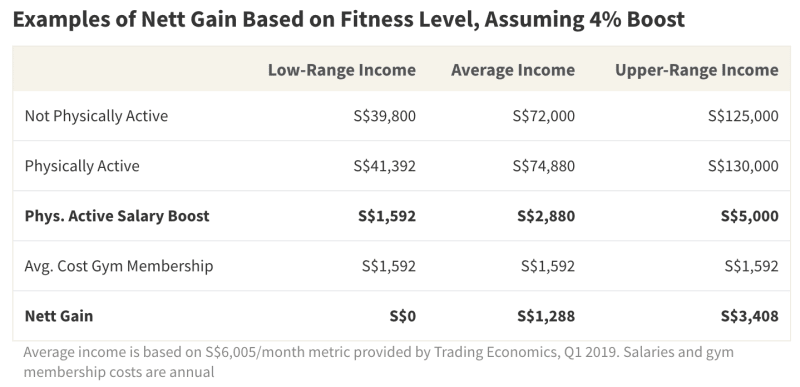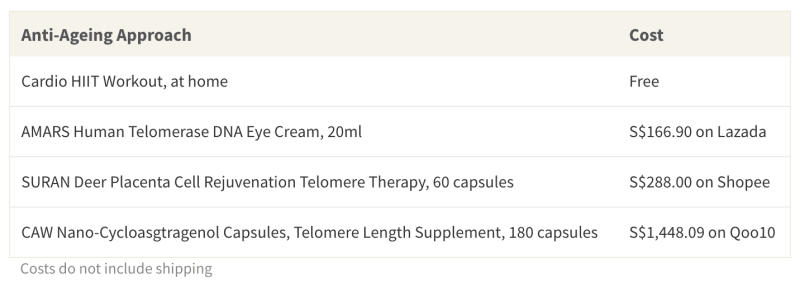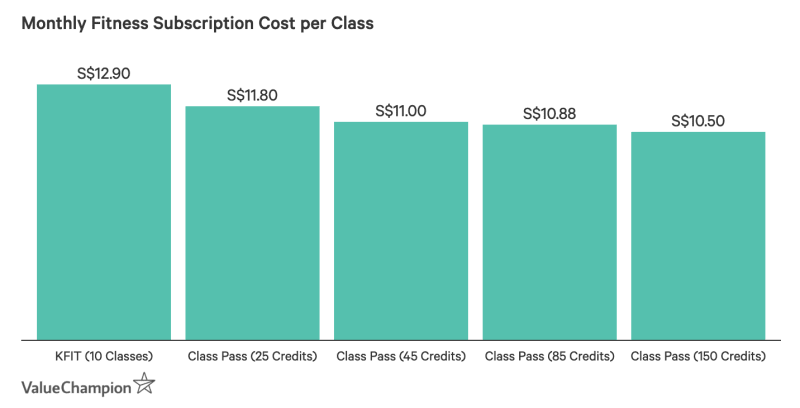3 Shocking Perks That Make Your Workout Worthwhile
There are plenty of benefits associated with working out, ranging from general wellness and physical health to burning calories and building muscle. While self improvement is always attractive to a degree, gym memberships and fitness subscriptions can end up being quite expensive, and working out often requires a significant time investment. Given potential cost deterrents, what greater value–beyond the readily known–can physical activity actually provide?
Establish a Routine, Boost Your Salary
It may seem surprising, but maintaining a regular exercise regimen has been linked to earning a notably higher salary compared to those who rarely (or never) workout. Research across multiple countries and decades cumulatively estimates a 4%–17% comparative earnings boost for those who engage in sports and exercise. Although the average annual cost for a gym membership is about S$1,592, individuals earning more than S$39,800/year would make up for this amount with a 4% salary boost.

It's worth mentioning that people with higher earnings may have easier access to a gym, which could potentially skew results. However, this isn't necessarily the case here. Many of these studies measured physical activity with flexible metrics that aren't cost restrictive, such as pedometer steps or variable types of exertion (like home exercise and outdoor running). As a result, the average Singaporean may still be able to boost their income by starting up a physical fitness routine.
Stop the Clock with Anti-Ageing at the Cellular Level
While anti-ageing is sometimes associated with using moisturiser and eating nutritious foods, these are general wellness measures and don't necessarily reach the cellular level. Somewhat surprisingly, strenuous workouts can have this deep effect, tapping into genetic structures and repairing already-existent degradation. In a study by European Heart Journal, researchers found that endurance exercise and high-intensity interval training (HIIT) can affect cellular health in two ways: first, by lengthening telomeres (caps at the end of chromosomes that prevent damage to our DNA) and second, by increasing telomerase (enzymes that protect these telomeres). To put this into perspective, telomeres' natural shortening over time leads to an eventual halt in cell reproduction, followed by tissue degeneration and death.

Lengthening telomeres and increasing telomerase has been recognized as a priority by several anti-ageing companies. Some skincare brands market "medical-grade" telomere or telomerase ati-ageing creams, and other companies sell dietary supplements and similar products. These products, however, can be expensive or limiting and aren't always regulated, which can be risky for consumers.
Reduce the Risk of Developing Major Depressive Disorder
Many studies have covered the positive impact of physical activity on mood and mental wellness. However, it was only recently discovered that working out may actually prevent the development of Major Depression Disorder (MDD). According to research published by JAMA Psychiatry Journal just a few months ago, higher levels of physical activity are actually associated with lesser odds for developing major depression. Exercise also improves recovery for individuals who are currently on antidepressants, versus those on antidepressants who exercise less. With private counselling sessions typically ranging from S$140–S$200+, it may be worthwhile to spend some time at the gym to reduce risk of MDD or lessen the impact of a depressive episode.
How Can You Save on a Fitness Routine?
As apparent, there are many great reasons to remain physically active. Even still, an average monthly gym fee of about S$132 can feel daunting to some. It's worth checking to see if your local gym is running a promotion, or if you have a friend who can refer you (often, you'll both get a discount). You might also consider trying a fitness subscription; monthly costs vary based on the number of classes you take, and class prices range from S$10.50–S$12.90 each.

Another alternative is to work out at home. YouTube tutorials can offer daily inspiration and workout guidance without any added fees, and you can also try running outside (if you can tolerate the heat). If you're willing to invest and have a bit of extra room, you can also set up a home gym. You can purchase smaller items (like a weight set) online and earn cashback with a shopping credit card, though larger items may require assembly, tend to be more expensive, and may even require a personal loan. Regardless, staying active is worth the investment. Consider your activity level and goals, and determine how much you're willing to spend to reap such rewards.
